 "Zipppy, Mazdurp builder, Probeski owner and former ricerboy" (zipppyart)
"Zipppy, Mazdurp builder, Probeski owner and former ricerboy" (zipppyart)
06/03/2014 at 07:31 • Filed to: None
 1
1
 37
37
 "Zipppy, Mazdurp builder, Probeski owner and former ricerboy" (zipppyart)
"Zipppy, Mazdurp builder, Probeski owner and former ricerboy" (zipppyart)
06/03/2014 at 07:31 • Filed to: None |  1 1
|  37 37 |
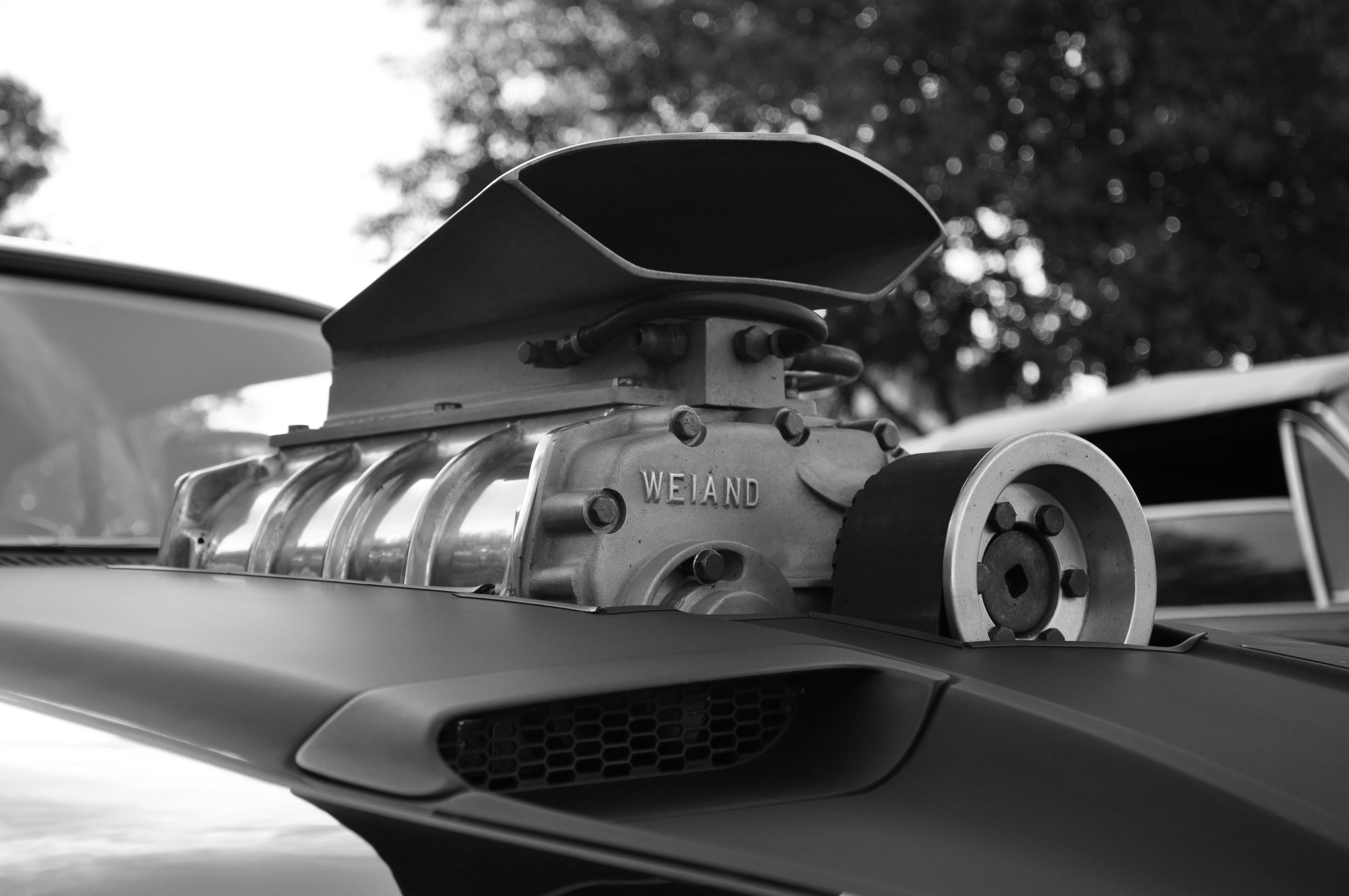
Ever since watching Mad Max, I've been curious about the possibility to switch a supercharger on or off, very much like what Max uses on the Interceptor in the movie.
The movie prop has an electromagnet automotive air conditioner-like clutch on the pulley, which allows the supercharger to be enabled and disabled by a switch.
My idea is; supercharger off = divert air away from supercharger (Y-pipe, with butterfly valve?), as the vanes on a roots supercharger will restrict airflow when not spinning.
Now here's a diagram I made in 5 minutes, showing what I think could work. (Not to scale!)
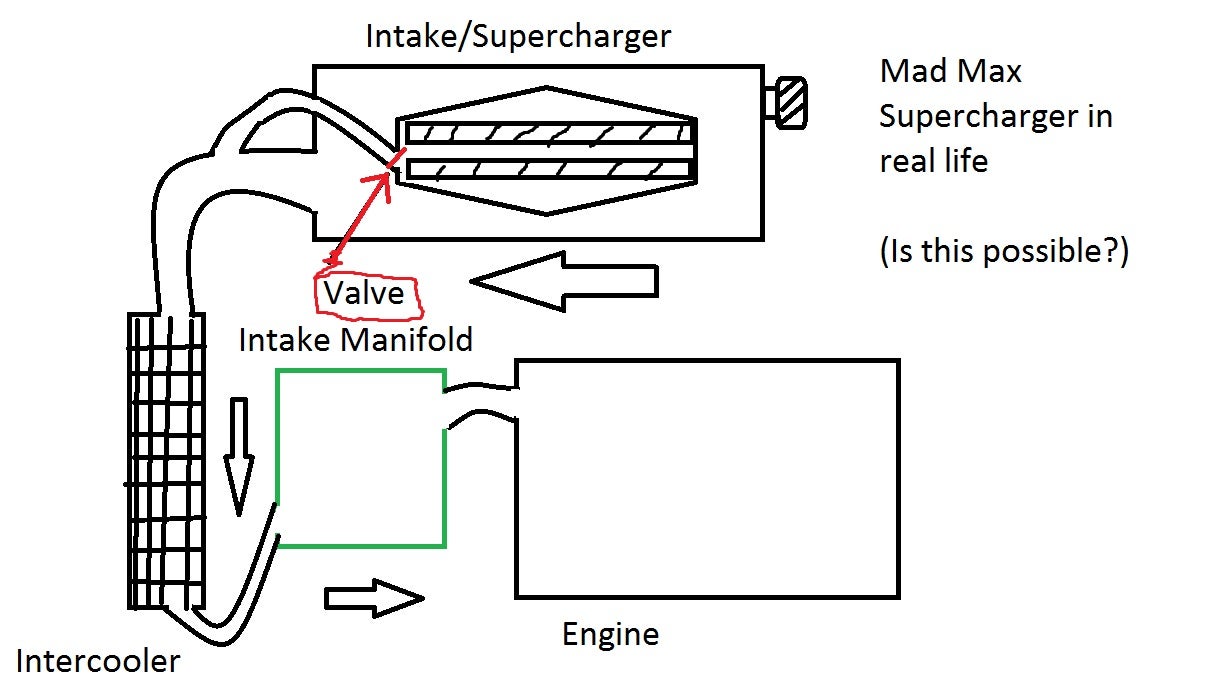
Now, if I were to ask, could something similar be done to turbocharged cars as well?
 ab124
> Zipppy, Mazdurp builder, Probeski owner and former ricerboy
ab124
> Zipppy, Mazdurp builder, Probeski owner and former ricerboy
06/03/2014 at 07:36 |
|
I actually have seen this before. I really wanted it for a miata build I was thinking about but I couldn't find one. I believe it works as an actuating clutch and valve system so it doesn't sap engine power when not needed....but don't quote me on it. Ill go look for some more info after I get to work
 macanamera
> Zipppy, Mazdurp builder, Probeski owner and former ricerboy
macanamera
> Zipppy, Mazdurp builder, Probeski owner and former ricerboy
06/03/2014 at 07:37 |
|
I think so, as long as the fuel is properly adjusted as well.
 505Turbeaux
> Zipppy, Mazdurp builder, Probeski owner and former ricerboy
505Turbeaux
> Zipppy, Mazdurp builder, Probeski owner and former ricerboy
06/03/2014 at 07:38 |
|
I remember Ford tested it on one of the concept Lightning f-150's using an electrically driven blower, so it has to be possible
 Jobjoris
> Zipppy, Mazdurp builder, Probeski owner and former ricerboy
Jobjoris
> Zipppy, Mazdurp builder, Probeski owner and former ricerboy
06/03/2014 at 07:40 |
|
It's probably mechanically easier to create for a turbo engine, only thing you have to do is to divert the airflow passing the Turbo.
But in both cases your biggest challenge will be to create a decent working engine motor-management-wise I suppose. And your compression and airflow would need to be different as well to have the best results when 'switching'.
 Simplify, then add beer
> Zipppy, Mazdurp builder, Probeski owner and former ricerboy
Simplify, then add beer
> Zipppy, Mazdurp builder, Probeski owner and former ricerboy
06/03/2014 at 07:48 |
|
Yup, I was toying with the idea of putting one on my Jeep. Moar Power! when you need it, but you can turn it off for fuel savings. Also, you want less power when crawling down steep hills so turning off the blower would help.
 Zipppy, Mazdurp builder, Probeski owner and former ricerboy
> macanamera
Zipppy, Mazdurp builder, Probeski owner and former ricerboy
> macanamera
06/03/2014 at 07:50 |
|
Should be possible due to modern fuel management, I'm sure we have the technology.
 Zipppy, Mazdurp builder, Probeski owner and former ricerboy
> Jobjoris
Zipppy, Mazdurp builder, Probeski owner and former ricerboy
> Jobjoris
06/03/2014 at 07:53 |
|
I wonder how long the bypass valves would last on the exhaust, as the heat coming out would be fairly significant.
 Vince-The Roadside Mechanic
> Zipppy, Mazdurp builder, Probeski owner and former ricerboy
Vince-The Roadside Mechanic
> Zipppy, Mazdurp builder, Probeski owner and former ricerboy
06/03/2014 at 08:03 |
|
I don't think it is possible because in a supercharged car the supercharger is the only way air can get to the engine, and if you diable it the engine will get little if any air, which won't allow it to run/run properly. I love the first 2 Mad Max movies but I don't think this is possible.
 Zipppy, Mazdurp builder, Probeski owner and former ricerboy
> Vince-The Roadside Mechanic
Zipppy, Mazdurp builder, Probeski owner and former ricerboy
> Vince-The Roadside Mechanic
06/03/2014 at 08:10 |
|
As I drew in my diagram, it's still getting air from the intake, but away from the compressor. It just excludes the supercharger, and gets naturally air.
 mr2gud2u
> Zipppy, Mazdurp builder, Probeski owner and former ricerboy
mr2gud2u
> Zipppy, Mazdurp builder, Probeski owner and former ricerboy
06/03/2014 at 08:23 |
|
I'm sure there is some way it could work by engaging and disengaging a clutch and valve system. It seems like its more trouble that its worth. What would happen if the valve failed open or closed while the clutch was engaged. Ouch!
 miadaman? yes please
> Zipppy, Mazdurp builder, Probeski owner and former ricerboy
miadaman? yes please
> Zipppy, Mazdurp builder, Probeski owner and former ricerboy
06/03/2014 at 08:23 |
|
One would think it's possible, you can probably disable the drive with a clutch like AC compressor and have a bypass valve or damper for the air. Although things like cam profile, engine timing, ignition timing etc will probably have to change on the fly making hand off a bit of an exercise. I would love to see a practical example of this idea though.
 Nick-Speed
> Zipppy, Mazdurp builder, Probeski owner and former ricerboy
Nick-Speed
> Zipppy, Mazdurp builder, Probeski owner and former ricerboy
06/03/2014 at 08:34 |
|
The supercharged MR2 from the late 80's and the 2005 Crossfire SRT modulated their supercharged engines. Zero boost at idle to max boost at a certain RPM was accomplished through some kind of ECU controlled valving. Mercedes did the same with their 2.3 Kompressor engine also.
 Zipppy, Mazdurp builder, Probeski owner and former ricerboy
> mr2gud2u
Zipppy, Mazdurp builder, Probeski owner and former ricerboy
> mr2gud2u
06/03/2014 at 08:36 |
|
I'd like to see if such a disengaging clutch for a supercharger exists, I'm sure a demand may make the use for one.
What if the valve is pushed open by the supercharger flow, as a fallback system?
 Zipppy, Mazdurp builder, Probeski owner and former ricerboy
> miadaman? yes please
Zipppy, Mazdurp builder, Probeski owner and former ricerboy
> miadaman? yes please
06/03/2014 at 08:37 |
|
I believe a modern engine with variable valve timing should fix a variety of those timing issues.
 Party-vi
> Zipppy, Mazdurp builder, Probeski owner and former ricerboy
Party-vi
> Zipppy, Mazdurp builder, Probeski owner and former ricerboy
06/03/2014 at 08:42 |
|
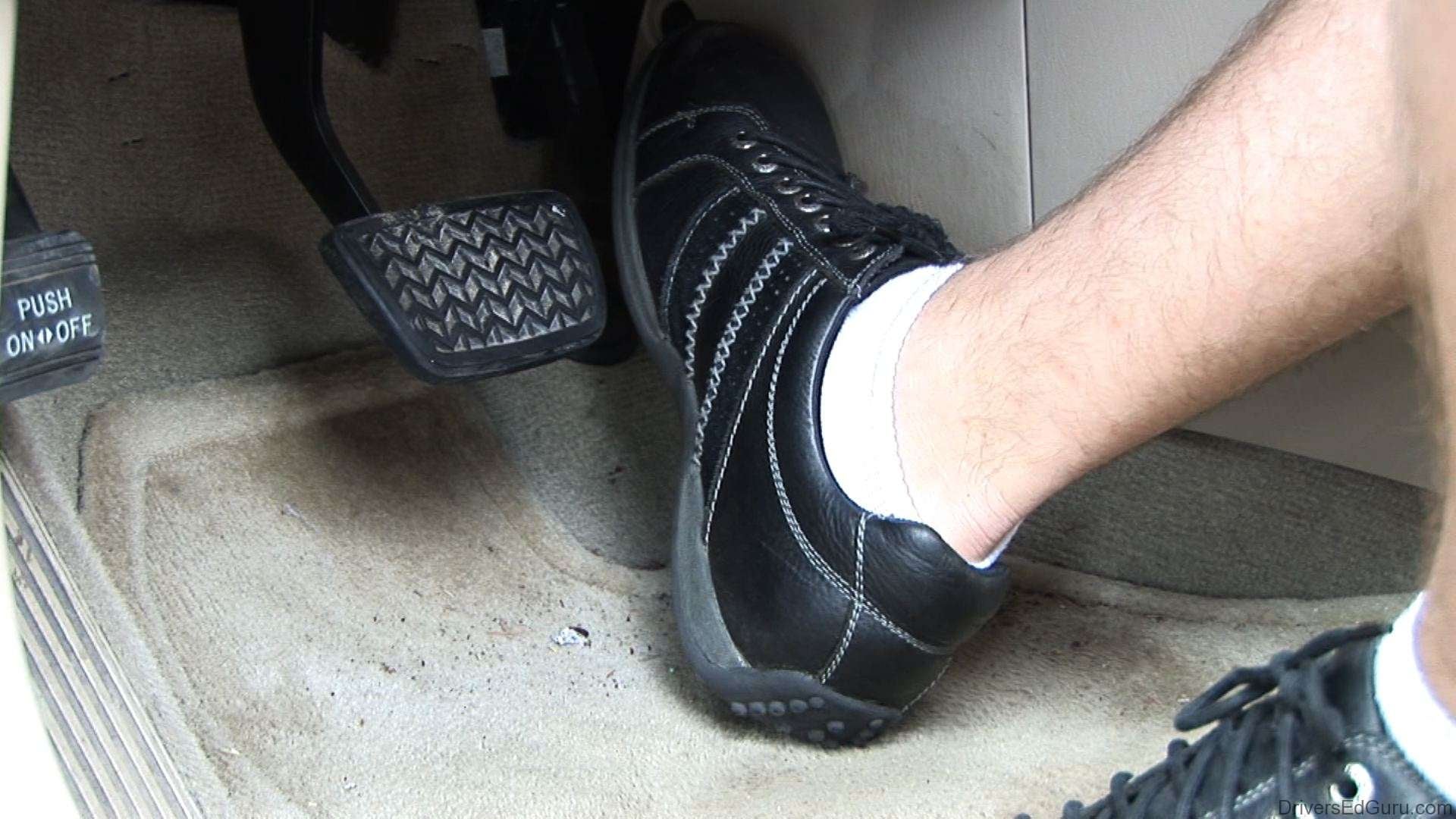
Here's how you enable and disable a supercharger.
 miadaman? yes please
> Zipppy, Mazdurp builder, Probeski owner and former ricerboy
miadaman? yes please
> Zipppy, Mazdurp builder, Probeski owner and former ricerboy
06/03/2014 at 08:47 |
|
Vtec AND s/c? Someone hold my metaphorical beer.
 Zipppy, Mazdurp builder, Probeski owner and former ricerboy
> miadaman? yes please
Zipppy, Mazdurp builder, Probeski owner and former ricerboy
> miadaman? yes please
06/03/2014 at 08:51 |
|
Ahem.
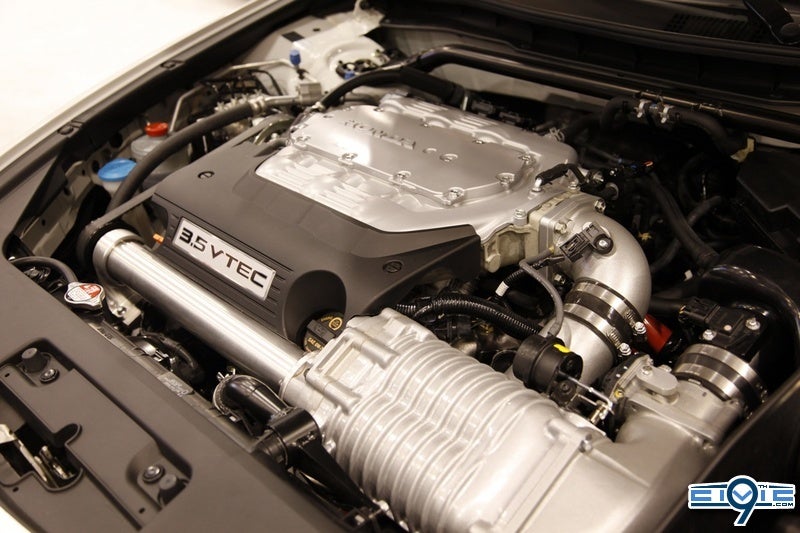
 Zipppy, Mazdurp builder, Probeski owner and former ricerboy
> Simplify, then add beer
Zipppy, Mazdurp builder, Probeski owner and former ricerboy
> Simplify, then add beer
06/03/2014 at 08:54 |
|
Yes, exactly. For the gearheads.
 OtherBarry
> Zipppy, Mazdurp builder, Probeski owner and former ricerboy
OtherBarry
> Zipppy, Mazdurp builder, Probeski owner and former ricerboy
06/03/2014 at 08:58 |
|
They have bypass valves on factory superchargers now. Not too difficult. Clutch system would be easy to adapt as well, but it would have to be strong because superchargers need a lot of HP to drive them at higher RPM.
 miadaman? yes please
> Zipppy, Mazdurp builder, Probeski owner and former ricerboy
miadaman? yes please
> Zipppy, Mazdurp builder, Probeski owner and former ricerboy
06/03/2014 at 09:07 |
|
I have to admit I cheated a bit, is that one of them J35 engines? Didn't know it came with a supercharger.
 Zipppy, Mazdurp builder, Probeski owner and former ricerboy
> miadaman? yes please
Zipppy, Mazdurp builder, Probeski owner and former ricerboy
> miadaman? yes please
06/03/2014 at 09:17 |
|
I don't think they usually do, but HPD (Honda Performance Division) made a prototype Accord with a supercharger.
 RotaryLover
> Zipppy, Mazdurp builder, Probeski owner and former ricerboy
RotaryLover
> Zipppy, Mazdurp builder, Probeski owner and former ricerboy
06/03/2014 at 09:44 |
|
I know a friend of mine can turn off the turbos on his BMW with the JB4 chip. How it works, I don't know. But he definitely can change the turbo settings on demand.
 AMGtech - now with more recalls!
> Zipppy, Mazdurp builder, Probeski owner and former ricerboy
AMGtech - now with more recalls!
> Zipppy, Mazdurp builder, Probeski owner and former ricerboy
06/03/2014 at 10:12 |
|
Mercedes has been doing this for 15 years. My w202 c230k does it. All of the 4, 6, and 8 cylinder kompressor engines do it. Works pretty well too.
 Zipppy, Mazdurp builder, Probeski owner and former ricerboy
> AMGtech - now with more recalls!
Zipppy, Mazdurp builder, Probeski owner and former ricerboy
> AMGtech - now with more recalls!
06/03/2014 at 10:22 |
|
I know someone that had a C230 Kompressor a decade ago, not sure if he still has it. I'll have to check with him.
by the way, I also have connections with a local Mercedes-Benz dealer, almost got a job there.
 bob and john
> Zipppy, Mazdurp builder, Probeski owner and former ricerboy
bob and john
> Zipppy, Mazdurp builder, Probeski owner and former ricerboy
06/03/2014 at 10:49 |
|
yes its possible. mercedes was doing it (100% for sure) on the c32 AMG more. had a clutch for the supercharger.
 Zipppy, Mazdurp builder, Probeski owner and former ricerboy
> bob and john
Zipppy, Mazdurp builder, Probeski owner and former ricerboy
> bob and john
06/03/2014 at 11:05 |
|
AMGTech posted that it's on all "Kompressor" engines. Quite a cool feature.
I also have a feeling I'll be a lot like Torchinsky when I get older.
 tromoly
> Zipppy, Mazdurp builder, Probeski owner and former ricerboy
tromoly
> Zipppy, Mazdurp builder, Probeski owner and former ricerboy
06/03/2014 at 11:34 |
|
So looking at this image, how would you run an intake pass-by "tube", and how big would that tube have to be in order for the engine to run? Just food for thought.
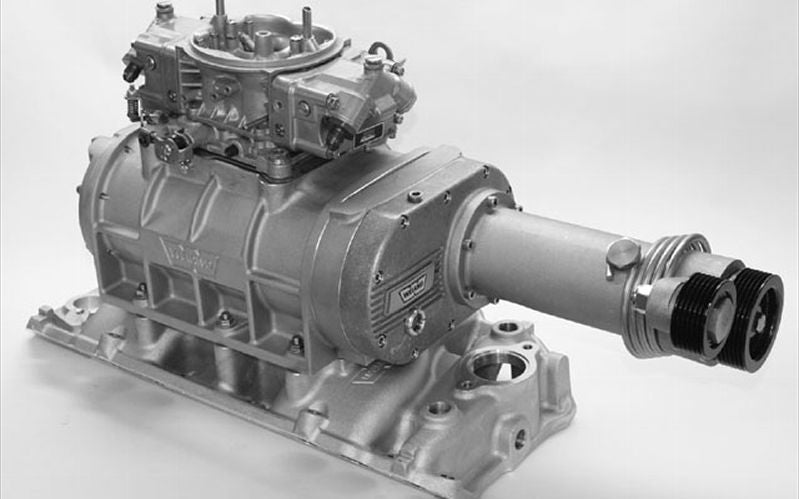
 wabbalosthiskey
> Zipppy, Mazdurp builder, Probeski owner and former ricerboy
wabbalosthiskey
> Zipppy, Mazdurp builder, Probeski owner and former ricerboy
06/03/2014 at 11:34 |
|
There is no point to this.
 offroadkarter
> Zipppy, Mazdurp builder, Probeski owner and former ricerboy
offroadkarter
> Zipppy, Mazdurp builder, Probeski owner and former ricerboy
06/03/2014 at 15:57 |
|
Mercedes benz did this on the E55 IIRC
 Vince-The Roadside Mechanic
> Zipppy, Mazdurp builder, Probeski owner and former ricerboy
Vince-The Roadside Mechanic
> Zipppy, Mazdurp builder, Probeski owner and former ricerboy
06/03/2014 at 22:06 |
|
Then I will help build it.
 AMGtech - now with more recalls!
> Zipppy, Mazdurp builder, Probeski owner and former ricerboy
AMGtech - now with more recalls!
> Zipppy, Mazdurp builder, Probeski owner and former ricerboy
06/03/2014 at 22:16 |
|
That's cool. My daily driver is a C230k. At least for now. And I work for Mercedes, so yeah...
 ab124
> Zipppy, Mazdurp builder, Probeski owner and former ricerboy
ab124
> Zipppy, Mazdurp builder, Probeski owner and former ricerboy
06/04/2014 at 09:06 |
|
don't usually like yahoo answers but check this out: https://answers.yahoo.com/question/index…
Seems like ford has tried it, albeit a whole ago. May be that it needs to be tried again with new ECUs and engine designs.
 AMGtech - now with more recalls!
> wabbalosthiskey
AMGtech - now with more recalls!
> wabbalosthiskey
06/04/2014 at 10:11 |
|
Actually it saves on engine load under low load conditions. Superchargers are parasitic, so removing that parasitic loss will save on fuel and wear.
 wabbalosthiskey
> AMGtech - now with more recalls!
wabbalosthiskey
> AMGtech - now with more recalls!
06/04/2014 at 11:59 |
|
And in most respects, it's bizarre that they do it. I am a german car nut, I understand spending excessive dollars on wacky ideas because you can and it drives innovation in the long term. But the parasitic loss from a supercharger that is not building pressure is smaller than you'd think - I have dyno'd many supercharged cars back to back under normal conditions, with the intakes removed and with the blower drive removed, it's always interesting to quantify things that are often theorized about. Now I can't argue with MB's R&D budget and no doubt the effort put into determining this was a good idea (well, we all know not all stubborn german ideas *actually* make sense), but you would think that the engineering efforts and tuning requirements of a clutched supercharger configuration would far exceed the small parasitic loss of driving it when not in boost.
I think the effects of this whole idea would have been significantly higher at a time when BSFCs were in the toilet and nothing had any compression... But anymore with modern combustion chamber engineering and fuel atomization, compression ratios are highers and the efficiency of a boosted engine versus N/A are equal if not even higher.
Oh, but turbo. :P
 AMGtech - now with more recalls!
> wabbalosthiskey
AMGtech - now with more recalls!
> wabbalosthiskey
06/05/2014 at 02:04 |
|
True, parasitic loss is quite low when not boosting, but I would still wager that this technology saves about as much fuel as engine stop/start technology, usually no more than 2mpg at the very most. I'm also sure that like most innovative German ideas, it is produced partly for marketing, meaning "Look! We have THIS and they don't!".
Do you mean volumetric efficiency or fuel efficiency or...? No NA engine could ever come close to a boosted engine for volumetric efficiency, it just isn't even possible for an NA engine to hit 100% volumetric efficiency. And it's only been in the last few years that boosted engines have been getting better fuel efficiency than their NA counterparts. But that has just as much to do with transmissions, drivetrains, and aerodynamics as it does engine technology.
 wabbalosthiskey
> AMGtech - now with more recalls!
wabbalosthiskey
> AMGtech - now with more recalls!
06/05/2014 at 02:53 |
|
stop/start "technology" :P
 AMGtech - now with more recalls!
> wabbalosthiskey
AMGtech - now with more recalls!
> wabbalosthiskey
06/05/2014 at 03:00 |
|
haha, yeah